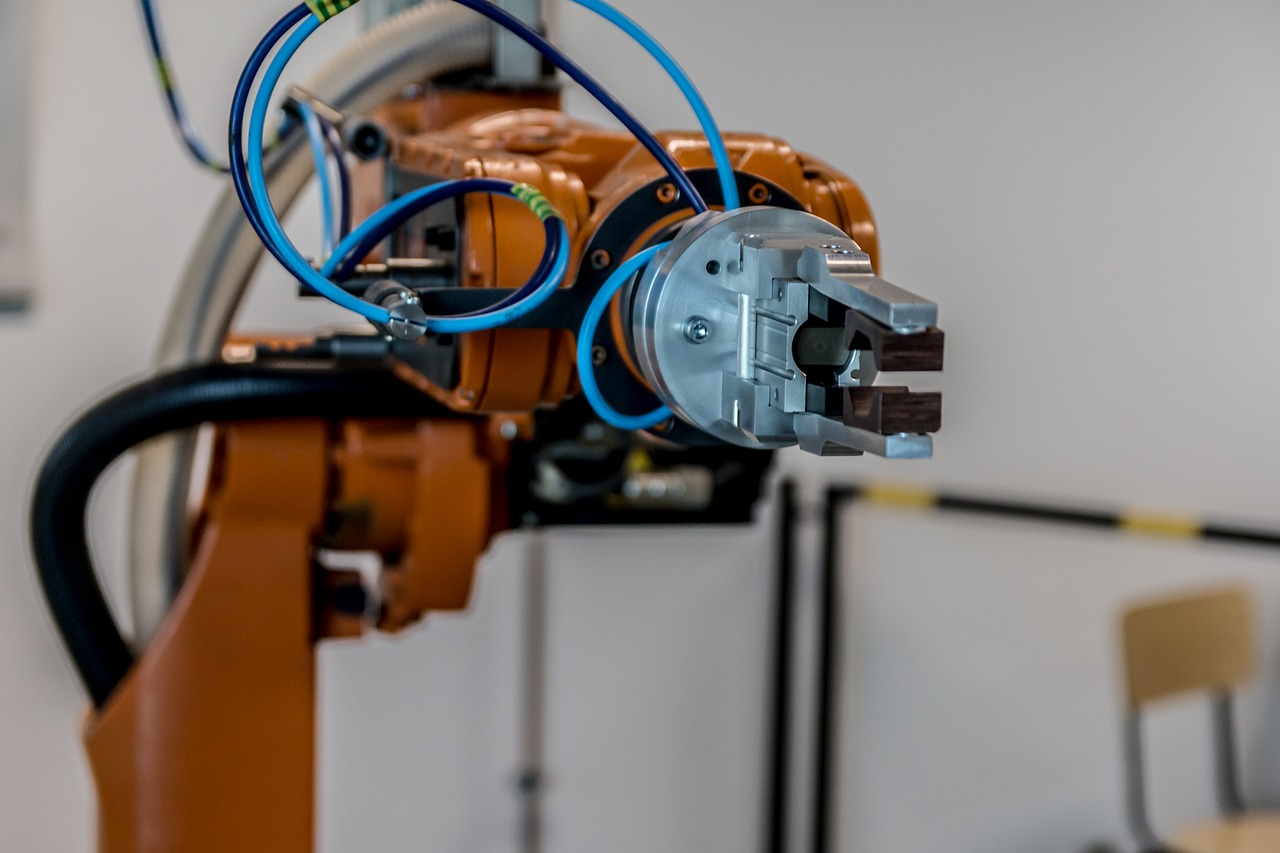A McKinsey report released last week finds rural areas will be the most negatively affected by the next wave of automation, but right- and left-leaning experts on technology and labor economics disagree, calling the report “speculative.”
Q2 hedge fund letters, conference, scoops etc

According to McKinsey’s analysis, automation will hit rural areas hardest through shrinking wages and fewer job opportunities, partly because rural communities have lagged in economic development and growth compared to urban areas since WWII. Automation may displace nearly 40 percent of U.S. jobs by 2030 according to the report, and of the 512 counties that will see the most displacement (25 percent), 429 are rural.
The report also found that over the last decade, urban areas and metro areas gained hundreds of thousands of jobs while rural America lost hundreds of thousands of jobs, and just 25 cities constituted two-thirds of overall U.S. job growth.
Rob Atkinson, president of the Information Technology and Innovation Foundation (ITIF), pushed back on the idea that automation will affect job growth so directly.
“Automation itself has no effect on the total number of jobs,” he told InsideSources. “Leaving out the business cycle, the total number of jobs is determined by only one factor, and that’s the total number of workers. It really has nothing to do with automation and technology. The simple reason is because automation lowers prices, and people have more money and spend it on something else and creates jobs somewhere else.”
On the contrary, Atkinson said smaller cities are more likely to see negative effects from automation as opposed to rural areas, because rural industries like mining and agriculture are already automized. A 2018 ITIF study summarizes several other studies’ findings that smaller cities are “most at risk from technology-based job loss, due perhaps to a number of rural counties specializing in industries in which past waves of automation have already boosted productivity.”
Atkinson also thinks automation will replace low-skill, low-wage jobs and create higher-paying jobs, and that overall, most areas will see job growth as a result of automation.
“If you look at most of those places in [McKinsey’s] analysis, they’re going to grow,” he said. “Very few of those places had negative employment growth. If you’re in a smaller place, you’re still going to grow, just not as fast.”
Larry Mishel, a labor economist at the Economic Policy Institute, thinks the McKinsey report exaggerates the effects of automation, and said the U.S. is actually experiencing a very slow adoption of automation technologies.
“I believe we’re in a very slow wave of automation,” he told InsideSources. “We’re seeing a very slow growth in capitol investment, in information equipment investment, in software investment, and we some of the slowest growth of those things compared to the entire post-WWII period. If you believe automation is happening, you’d imagine it’s accompanied by more software and more computers, but we’re not getting that. The other major indicator is, in every decade there are some occupations that are growing and some that are declining. In the years since 2000, we’ve seen the slowest change of the occupation mix in maybe 150 years.”
Mishel said the big labor problem right now isn’t automation potentially killing jobs, but wage decline.
“I’ve closely followed what’s happened to manufacturing in this country,” Mishel said. “It’s not as if those who lost manufacturing jobs never got a new job. The problem they have to face is that the jobs they’ve gotten have paid worse, less wages, less benefits, less upward trajectory. Too many had been shunted into low wage, dead-end jobs. I’m less worried about displacement than whether the jobs of the future are paid well.”
According to Mishel, the problem isn’t automation, but globalization and market concentration.
“What we ought to be focusing on is the 40 years of wage stagnation and the erosion of good quality jobs, and how do we make sure the jobs we create in the future are good quality jobs,” he said.
Atkinson thinks the U.S. hasn’t done a good job making sure rural areas keep up with urban areas as the economy has globalized. Most federal policy decisions since the Carter administration don’t really aim to benefit local, rural areas.
“There was a major commission from President Carter on economic relocation, and the commission was dominated by a lot of economists who just argued that it’s inefficient to help places, just give the workers a bus ticket and move to the places that are growing,” Atkinson said. “And that’s really how a lot of economists view this. Anything to help a place is inefficient, the market said the place should be declining, so you have to trust the market and should just help the workers move to NYC or San Francisco. Economists are so focused on moving people to places rather than helping places, and that’s just dominated the debate.”
This approach to policymaking doesn’t help rural communities at all, he added, and is pretty “unrealistic.”
“A lot of the people who make policy aren’t rooted anywhere,” he said. “They don’t really think about people and communities in that sense. I think people are realizing elite economists have gone too far. The opioid crisis is a good marker for that. Elites realize people are in these communities without a lot of help. One thing that’s changing is that it’s pretty clear after the Trump election that there’s a lot of distress in places in the U.S. and those people aren’t very happy and it’s causing political upheaval, so there’s more and more awareness that hey, maybe we were wrong and should be doing more.”
Article by Inside Sources
